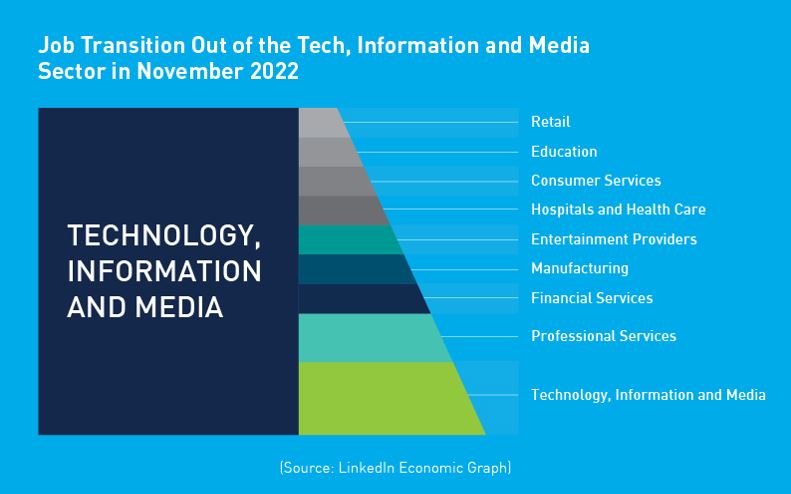September 26 marks Human Resource (HR) Professional Day, where we recognize the dedication of HR experts. HR plays a vital role in organizations, serving as the bridge between management and the workforce. HR professionals are involved in all stages of an employee’s journey, from talent sourcing to overseeing the departure process.
The pandemic has changed forever the way we work, creating new norms in the workplace. HR have faced several challenges, including flexible work and the wellbeing of employees. As the workplace evolves with four generations—Baby Boomers, Gen X, Millennials and Gen Z—in the workplace paired with the acceleration of generative AI impacting various job roles, HR will continue to be challenged.
We sat down with our EMEA HR team to ask them about what they’d like to see happen in the future for HR.
Trisha Gajjar, Head of HR EMEA
I work closely with leaders across EMEA and our global organization to lead people programmes and create strategies that drive employee engagement and performance. My role focuses on advising leaders across PeopleScout on organizational design, leadership development and succession programmes, all in alignment with our overall business priorities. As Head of HR, my strategic vision entails cultivating an environment where exceptional talent thrives, while working closely with EMEA leadership and supporting APAC. We strategically champion a culture of inclusivity, growth and employee well-being.
I would like to see HR embracing AI-driven solutions to enhance efficiency in routine tasks. AI-powered tools can mitigate recruitment and promotion bias, moving us closer to inclusion and diversity aims. Additionally, HR should harness AI for predictive analytics to anticipate workforce trends and address issues before they become significant challenges. However, it is important to note that while AI integration is crucial, maintaining a human-centric approach in areas like employee well-being, complex conflict resolution and personalized career development requires emotional intelligence and compassion. The future HR function that I envision artfully balances AI efficiency with human empathy.
Lara Hawkins, UK Lead Business Partner
I operate across a true HR generalist spectrum, and day to day I work on anything from compenzation and benefits to employee relations. Much of my core focus includes working closely with our Head of HR to support shaping the people agenda within the business. I have the absolute pleasure of working in close partnership with our wider EMEA HR teams to align our goals, projects and priorities to achieve our shared employee experience vision. A key and much-loved part of my role is to deeply connect with our people at all levels to identify opportunities and present solutions, initiatives and processes that are mutually beneficial to the wider organization and the people that make up PeopleScout.
I can’t wait to see, and continue to be part of the continued evolution of diversity, equity and inclusion in the workplace. Regulation will get us so far, but we are so fortunate to be surrounded by forward thinking and creative minds within this field, and those that we partner with, to make such an impact.
Laura Lovelock, HR Advisor
Day to day I am an operational point of contact for employees and managers within the business, and I am responsible for providing appropriate guidance and support. I work in partnership with managers when it comes to employee relations, ensuring accurate advice is given so matters are handled in line with company policy and procedures. I also support in the continuous learning and development of our managers through e-learning and live sessions covering a variety of topics from onboarding and reasonable adjustments to flexible working. I also provide support to wider teams and organizational projects.
What would you like to see happen within HR in the future?
I am keen to see what (if any) significant changes are made under the Revocation & Reform Act 2023. EU-related legislation will be revoked, so it will be interesting to see if the government implement any significant changes going forward.
Martyna Lizakowska, HR Administrator
In this role, I have the pleasure of working with both the Polish and UK HR departments. I find answers to various employee questions, support new joiners to the business and prepare reports and presentations for our wider teams.
What would you like to see happen within HR in the future?
Personally, I would like to see HR using technology as effectively as possible, so that we can automate more processes, without generating unnecessary paperwork. I would like to see more creative initiatives in HR-related fields like employee engagement, employer branding and corporate social responsibility.
But what will the world look like for talent acquisition leaders in the next 10 years? Read our whitepaper, Destination 2030: 10 Predictions for What’s Next in the World of Work, to explore the latest research and global workforce trends, and their potential impact on the future of work.



